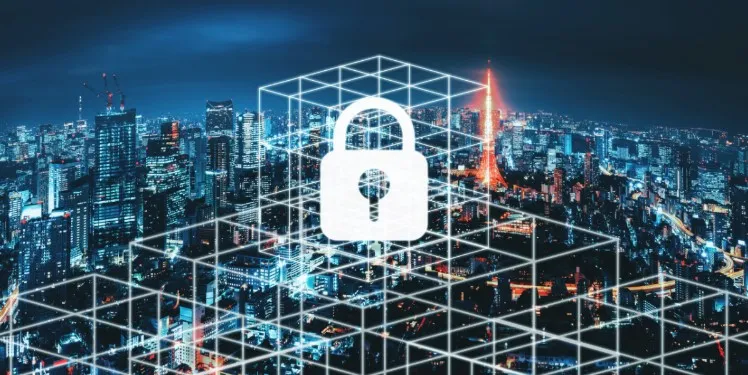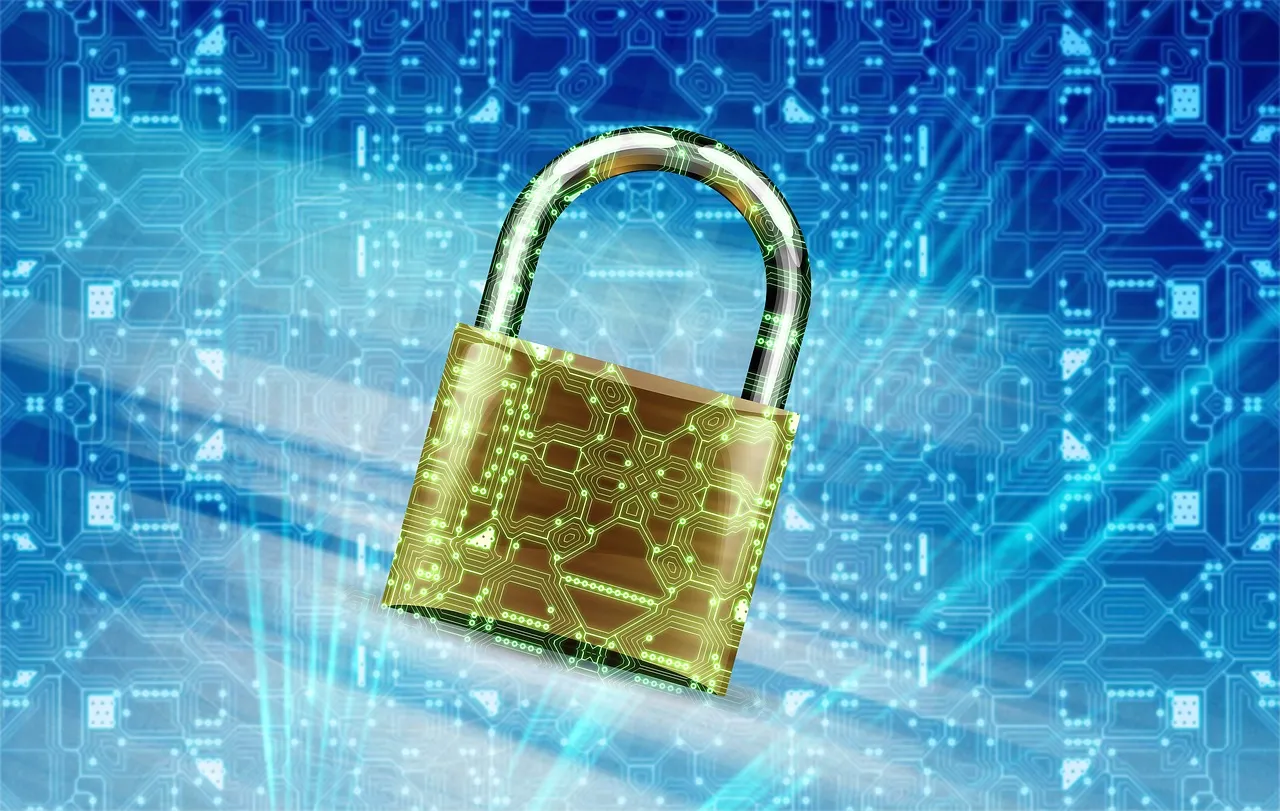Decentralized identity: how TON protects user data in the digital age
Introduction
In recent years, the digital world has become an essential extension of everyday life, driving the need for more secure methods of storing and protecting personal information. With the rise of social media, online banking, and e-commerce, vast amounts of user data are exchanged and stored on centralized systems. As data breaches, identity theft, and invasive surveillance become increasingly prevalent, the call for more secure frameworks has intensified.
The growing issue of data privacy in the digital era
Data privacy concerns continue to escalate as centralized databases serve as honeypots for hackers and malicious entities. Traditional systems store user information on servers with single points of failure, making them particularly vulnerable to breaches. Additionally, complex user agreements and data sharing practices often leave individuals uncertain about how and where their personal information is being used. This environment not only undermines trust but also hampers innovation. By contrast, a more resilient, user-centric approach—one that puts individuals in direct control of their data—represents a necessary shift in safeguarding personal and corporate information.

How TON ensures identity protection through decentralization
TON’s architecture operates on distributed nodes, leveraging advanced cryptographic methods to maintain security. In a decentralized model, user data is not stored in a single repository; instead, it is distributed across multiple nodes and encrypted, reducing the risk of large-scale breaches. Through this approach, Decentralized identity on TON becomes a tangible solution for users seeking better control over their sensitive data.
Understanding Decentralized identity
Decentralized identity refers to a framework where individuals have full ownership of their personal information. Instead of relying on a central authority—such as a bank, government, or social media platform—to verify identities or store data, this model places verification credentials under the direct ownership of the user. With the help of distributed ledgers and cryptographic proofs, decentralized identity ensures that data can be shared and verified without exposing unnecessary personal details to third parties. This approach prioritizes privacy, autonomy, and transparency, setting a new standard for digital identity management.
What decentralized identity is and its key benefits
A decentralized identity model removes the need for repeated registration or KYC (Know Your Customer) checks across various platforms. Instead, users can establish a single, verifiable digital identity that can be easily authenticated whenever required. This consolidated approach enhances security by reducing the number of databases holding personal data, while streamlining user experiences through simplified login processes. Moreover, it reduces the risk of mass data breaches, since potential attackers have no single, large-scale target to exploit. Consequently, TON for data privacy becomes more attainable by leveraging distributed ledger technology to keep user credentials secure and encrypted across the network.
TON’s role in protecting user data
TON integrates smart contracts and encryption protocols to create a self-governed environment that respects individual privacy. By employing Protecting user identity with blockchain, TON can guarantee that sensitive user information remains inaccessible to unauthorized entities. Moreover, Decentralized storage for sensitive data within TON effectively fragments user credentials and distributes them across different nodes, making it incredibly difficult for malicious parties to compromise the system. This combination of cryptography and distributed architecture underlines TON’s unique position in supporting next-generation digital identity solutions.
TON’s technologies for safeguarding privacy and identity management
The TON network employs a sophisticated mix of sharding, consensus mechanisms, and cryptographic proofs that ensure data integrity and confidentiality. These technologies work together to eliminate single points of failure and protect data at every layer of the network. Through Self-sovereign identity on TON, individuals gain the ability to manage their credentials without intermediaries, using secure, blockchain-based tokens that verify ownership and authenticity. This system paves the way for a future where identity management is handled seamlessly and securely, free from the limitations of traditional frameworks.
Benefits of self-sovereign identity
Self-sovereign identity aligns perfectly with Benefits of decentralized identity solutions, empowering users to control what information they share, with whom, and for how long. Instead of depending on external providers or large corporations to validate identity claims, individuals hold their personal data in encrypted digital wallets. This not only preserves user autonomy but also bolsters trust and transparency across the online ecosystem. When identity verification processes become user-driven, the potential for surveillance and data misuse is drastically diminished, reinforcing confidence in the broader digital community.

How decentralized identity empowers users to control their own data
In a decentralized identity model, individuals have the final say in how and when their personal information is disclosed. This principle transforms everyday digital interactions—from signing into websites to applying for loans—into user-centric processes. By leveraging TON’s role in digital authentication, online platforms can verify a user’s credentials without storing or monitoring sensitive details. The result is a user-focused paradigm that promotes seamless yet secure digital engagements. Ultimately, self-sovereign identity fosters a higher level of security and trust, providing the independence that traditional systems fail to deliver.
Conclusion
Decentralized identity is poised to become a cornerstone of the digital landscape, addressing the growing demand for privacy, security, and user empowerment. By distributing data across multiple nodes and eliminating intermediaries, decentralized networks like TON reduce the risk of large-scale breaches and restore control to individuals. As digital interactions proliferate, the move away from centralized data repositories is not just beneficial—it is inevitable for the protection of user privacy and the integrity of online systems.
The future of decentralized identity with TON
TON’s advanced blockchain infrastructure and cryptographic foundations position it as a key player in shaping decentralized identity. Its capabilities in Blockchain and user data protection lead the way to more secure forms of identity verification and management. As this technology matures, we can expect further innovations, improved tools for user interaction, and widespread adoption across various industries.